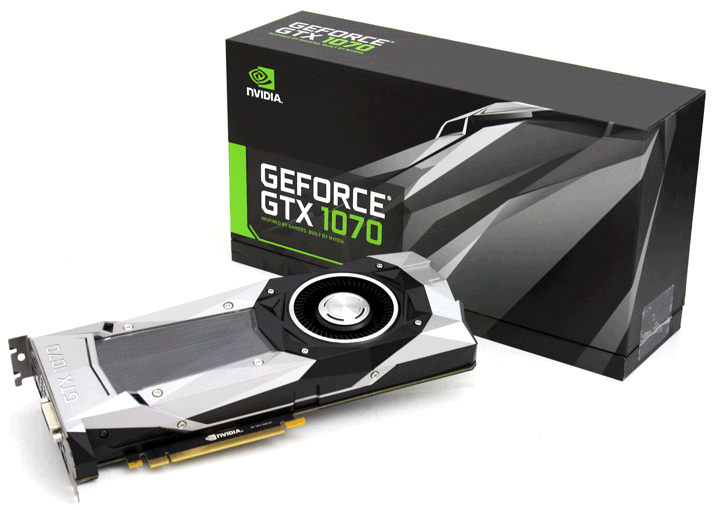Conclusion
Final Words & Conclusion
In a world where anything and everything is measured and observed these days we always find it refreshing to divert from the regular benchmarks and do some frame-time recordings with FCAT (and then analyze it). Often it'll back what we see on-screen, we can output that data and place it into a plot for you guys to see what is going on. As such we always add these results to try and find anomalies.
We do hope you enjoy these results as well, we also understand that they can be a tad hard to understand and grasp for the average user who just wants to play games and relate anything and everything to frame-rates. The two are intertwined though. FACT is that FCAT in the past exposed micro-stuttering issues, it exposed framepacing issues, it exposed game rendering issues and a while ago we exposed the UWP DirectX 12 issues (the VSYNC-like behaviour we noticed). That makes FCAT an excellent tool to show anomalies that shouldn't happen.
Conclusion
Frametime results tell us a lot about single and multi-GPU setups in the way they interact in framerate, latency and anomalies. You will, however, see less issues on a single GPU setup (obviously). But hey, if there is a problem, rest assured it would be exposed. Comparing apples to oranges, when you look at the charts NVIDIA still has a better overall solution as their latency differentials for each even and odd frame are a hint better. But the difference with AMD is very close, albeit we did see more glitches (as small as they are really) on the Fury. Overall we can say that both the GeForce GTX 1070 and 1080 performed exemplary in the ten FCAT tests we ran it through. Three out of ten tests were DirectX 12 enabled. The end-score is a whopping 10 out 10, all games passed our examination easily without any noticeable stutters or anomalies, and that is pretty terrific if you ask me. The massive 8 GB frame-buffer on ther GTX 1070 obviously helps out quite a bit in the more AA heavy environments, but much like the GeForce GTX 1080 does, the 1080 manages just as well. Which makes total sense considering they are nearly identical GPUs.
For now we end this article, obviously in the future we'll be monitoring framepacing with other and newer titles and, more importantly, with SLI once we get another card in, as well as the new SLI adapters.
Hold it, you're not done Sir - we've got more Pascal GPU related content for you to read:
- GeForce GTX 1080 Founders reference review
- GeForce GTX 1080 FCAT Frametime Analysis
- GeForce GTX 1080 Overclock guide
- GeForce GTX 1070 Founders reference review
- GeForce GTX 1070 FCAT Frametime Analysis
Recommended Downloads
- Sign up to receive a notice when we publish a new article
- Or go back to Guru3D's front page
Hilbert out, peace :)
.jpg)

